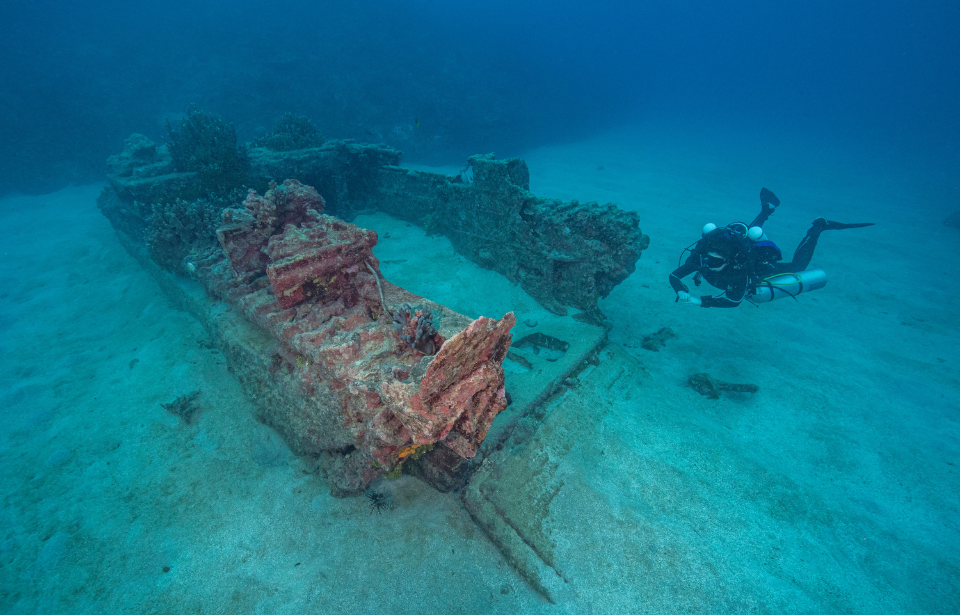Just a few days after the Japanese launched their surprise attack on Pearl Harbor, the US military became embroiled in the First Battle of Guam. The small garrison stationed in the Marianas ultimately became overrun by the enemy landing force, and it took two and a half years for the Allies to regain the lost territory through a subsequent engagement. The National Park Service (NPS) recently conducted a month-long expedition of the area, to learn how the Battles of Guam changed the local environment.
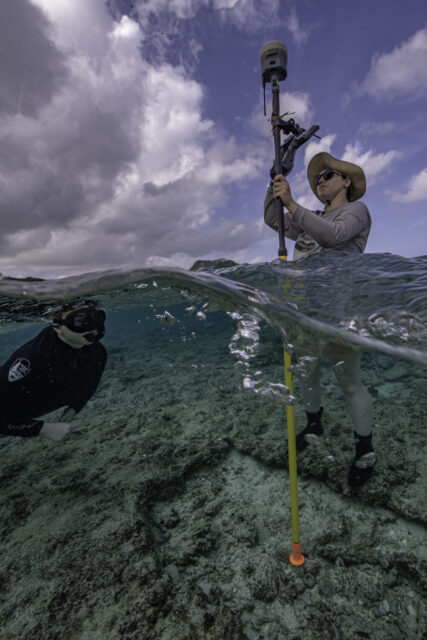
The expedition took place from January 27 to February 25, 2023 and was conducted by the NPS Ocean Resources Branch and Submerged Resources Center. It’s the first of two planned trips, which also aim to locate the remnants of the Battles of Guam, including supplies, ammunition and amphibious landing vehicles.
The first focused on conducting mapping and coastal elevation surveys, with the researchers extending into waters that are 200 feet deep.
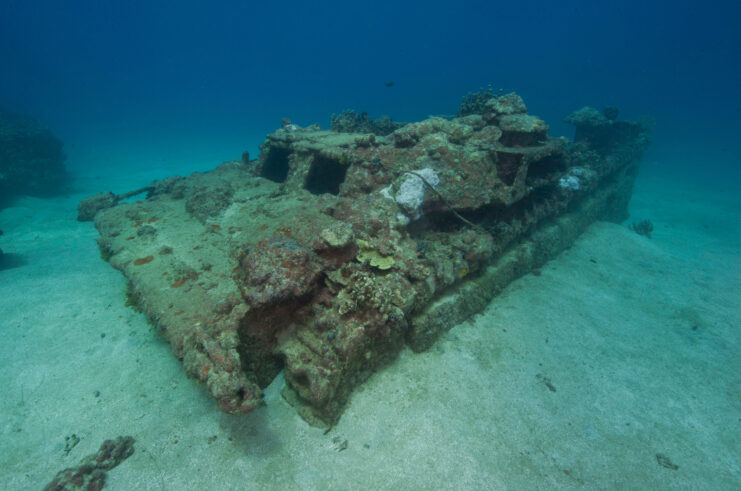
In regard to how fighting impacted the area, they hope to learn how the detonation of obstacle-destroying explosives impacted the barrier reefs around the landing beaches and, therefore, their ability to protect the island against intense weather events. They collected the necessary data through the use of underwater photogrammetry and underwater remote sensing.
“This project is especially meaningful because there has never been a comprehensive underwater inventory of the battle-related items that may still exist,” the National Oceanic and Atmospheric Administration (NOAA) wrote on its website. “Evidence suggests there is a significant amount of cultural resources on the seafloor near the landing beaches of Asan and Agat.
“In addition, no one has studied how human activities from World War II may have altered the coral reef ecosystem and coastal processes on Guam.”
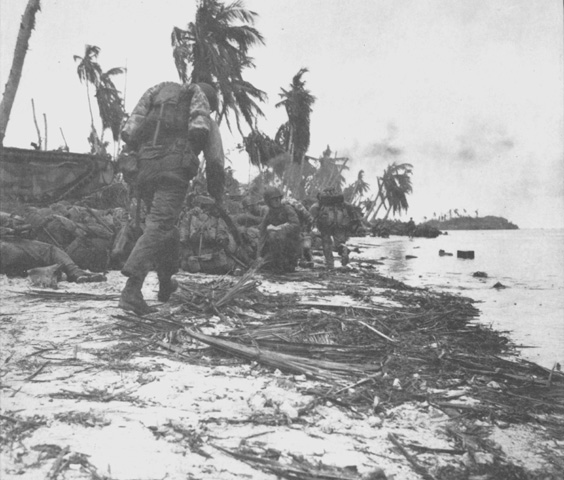
A long-held US territory, around 5,900 Japanese infantrymen landed on Guam on December 8, 1941. Within three days, they were able to take the island from the US forces stationed there, and it wouldn’t be until the summer of 1944 that the Americans were able to reclaim it.
From July 31 to August 10, 1944, some 65,000 US service members and the indigenous Chamorros people fought between 18,000 and 22,500 Japanese troops in what became a disastrous loss for the latter. While the Americans suffered anywhere from 2,000-3,000 deaths, depending on the source, the Japanese lost a whopping 18,337 servicemen. Another 1,250 became prisoners of war (POWs).
Following the Second Battle of Guam, the island became an operations base for the remainder of the Second World War, with five airfields built.
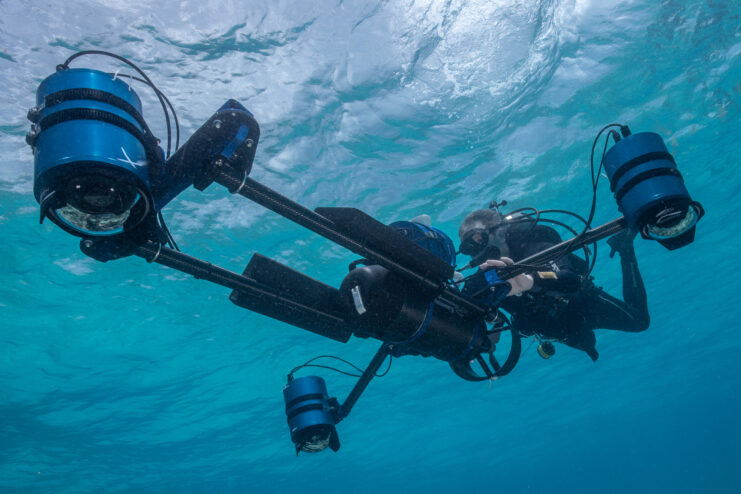
The area where the Battles of Guam took place lie within the War in the Pacific National Historic Park, which is under the purview of the NPS. The service also adds that a majority of the relics and artifacts remain in the public space, in relatively shallow water.
“While the bulk of remaining artifacts and archaeological sites that we identify during this project will likely be in deeper waters, it is possible that we will find some war material visible on or near the shoreline, or in extremely shallow water accessible by wading or snorkeling,” Amy Wright of the Submerged Resources Center told The Sacramento Bee.
Everyone involved hopes the research will “greatly expand our knowledge about this historic event – improving our ability to tell the story of one of the most significant invasions of the World War II Pacific theater and a turning point in the war – from both historical and ecological perspectives.”
More from us: The Tank Museum to Republic David Fletcher Book About the 79th Armoured Division
Once the information from the winter expedition has been analyzed, the team from the NPS hopea to return in the summer with additional divers and a remotely-operated underwater vehicle (ROV) to conduct a more thorough exploration of the remnants of the Battles of Guam.
